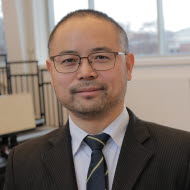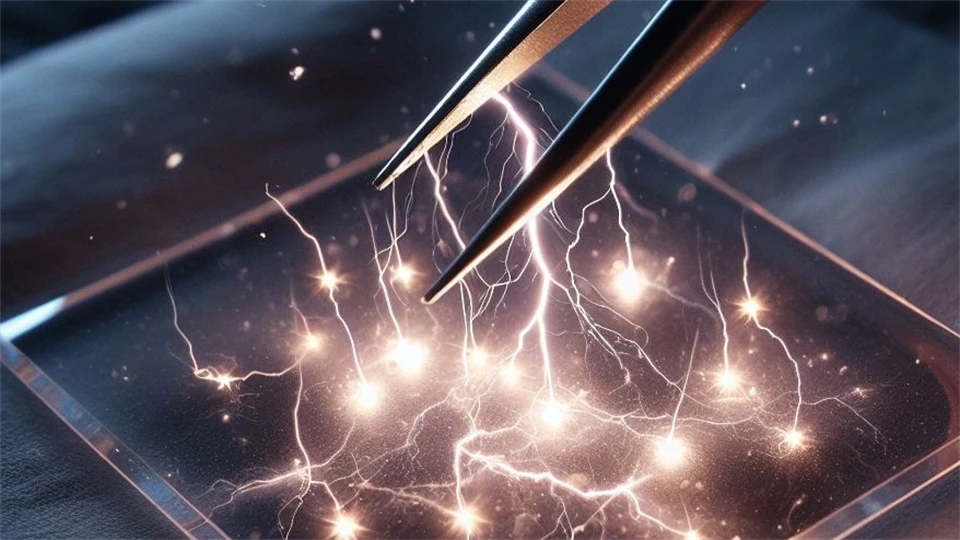Modifications of regenerated cellulose for boosting the triboelectric output when converting mechanical energy into electricity
This project addresses the triboelectric output, especially the obtained current and how to increase it, in a cellulose-based triboelectric nanogenerator (TENG). One way to is to increase the dielectric constant of the material and this can be done by surface and bulk modifications.
The climate crisis including extreme weathers that hits our world, like storms, flooding and drought is becoming our everyday life. The transformation of the energy system toward renewable and clean energy sources is urgent. At the same time, the lifestyle habits for humans have changed dramatically over the last decades due to smart electronic devices and the constant connection to internet.
The triboelectric nanogenerator (TENG) was invented in 2012 and is a device that can convert mechanical energy into electricity. It works very well at low frequencies and can capture e.g., human motions, wind, vibrations and so on. TENG harvest energy from its surrounding and is a candidate to exchange batteries in many different types of applications in the future. The technology is young but the potential enormous.
The TENG is constructed with two different materials and when they come into physical contact, the surfaces get electrostatically charged. If electrodes are attached on the back side of each material, connected with a circuit, then electrons will flow to decrease the potential difference and a current is generated. Plastics and metals are common material choices for the TENG and the reported power output increases for every year due to research and development. The trick is to choose one material that wants to donate electrons and one material that wants to accept electrons, simply a good match in pairing materials.
At Mid Sweden University, we have shown that regenerated cellulose, a sustainable material choice, is an efficient material to be used as the positive triboelectric layer in TENG and we reached a power output over 300 W m-2. However, there are still some challenges that we need to address and that is humidity and obtained current. In this project we will focus on the current. So far, we have reached acceptable values on the voltage, but the current is modest and must be increased. This can be done by dielectric modulation, i.e., modifying the material so the polarization through the material is more effective. Also, an increased amount of generated surface charge will assist in reaching higher values of current.
Therefore, in this project we will modify both the surface and the bulk if the regenerated cellulose to increase the triboelectric output. Atomic layer deposition (ALD) will be used to apply a thin layer of metal oxides to the cellulose surface and barium titanate will separately be added to the cellulose solution to modify the bulk properties. Different concentrations will be evaluated to find the optimum mix where the particles are well separated. The material structures will be characterized, and the triboelectric properties will be measured.
J.Gust.Richert foundation is a financier in the project.
Facts
Project period
231001-240930
Research centers
Subjects
Research groups
Project leader

Project members



